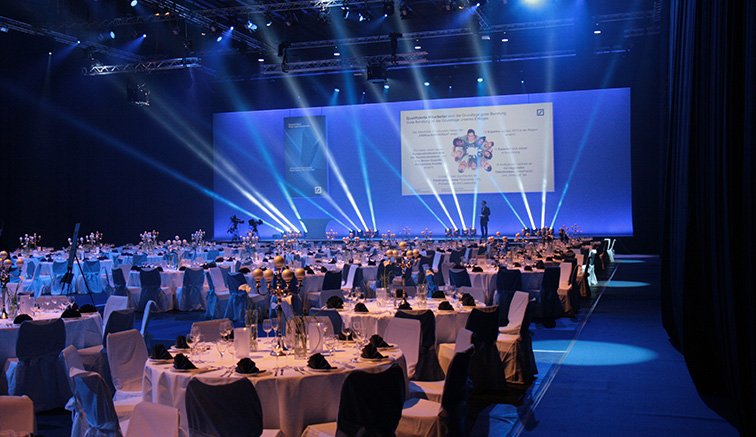

Introduction
In today’s fast-paced business world, a well-executed corporate event can be a game-changer. Whether it’s a product launch, an annual general meeting, or a team-building retreat, corporate events are an opportunity to reinforce your company’s culture, share achievements, and chart the course for future success.

Planning a corporate event requires a blend of strategy, creativity, and flawless execution. With trends evolving rapidly—especially in the wake of hybrid work environments and digital transformation—understanding what works in 2025 is crucial.
This guide will walk you through every step of the corporate event planning process, from setting clear goals to post-event follow-ups, while weaving in the latest trends and tools available.
1. Define the Objective of Your Corporate Event
Every event starts with a purpose. Is it to inform, inspire, reward, or network? Clarity on the objective will guide decisions about the format, audience, venue, and content. Common objectives include:
2. Know Your Audience
Understanding your audience is vital. Are you inviting employees, clients, investors, or a mix? Their expectations, preferences, and availability will shape every part of your event planning—from catering to content delivery.
3. Set a Realistic Budget
Your budget will influence your choice of venue, entertainment, catering, technology, and gifts. It’s essential to outline all costs upfront, including:
Always include a contingency fund of at least 10% for unexpected expenses.
4. Choose the Right Format (In-Person, Virtual, or Hybrid)
In 2025, hybrid events are more popular than ever. Consider whether your event should be in-person, virtual, or a mix of both. Each format has its advantages:
5. Select a Venue That Aligns with Your Brand
The venue sets the tone. For a tech firm, a modern venue with advanced AV tech might be ideal. For a wellness brand, an outdoor or nature-themed venue might resonate more. Consider logistics, accessibility, and branding opportunities.
6. Curate Engaging Content and Activities
Speakers, workshops, breakout sessions, and entertainment should all align with your theme and goals. Avoid long lectures—interactive formats work better. Use multimedia presentations, audience polls, and live Q&A sessions to maintain engagement.
7. Leverage Technology to Enhance the Experience
Use event management software for registrations, reminders, and feedback collection. AR/VR experiences, AI-driven networking suggestions, and mobile apps can elevate attendee engagement.
8. Focus on Branding
Every element—signage, backdrops, giveaways, social media hashtags—should reinforce your brand message. Branded experiences are more memorable and create a lasting impression.
9. Plan for Marketing and Communication
Start promoting early. Use email campaigns, social media, and PR to build buzz. Post teasers, speaker highlights, and countdowns. During the event, share live updates. After the event, share recap videos and testimonials.
10. Evaluate and Follow Up
Post-event feedback is gold. Send out surveys, review KPIs, and schedule debriefs with your team. Use this information to improve your next event. Thank attendees and keep communication open with follow-up emails or exclusive content.
Conclusion
Planning a successful corporate event in 2025 demands creativity, adaptability, and strategic thinking. With the right planning and execution, your event can leave a lasting impression and achieve meaningful business results.
Make an Offer
Request an Offer